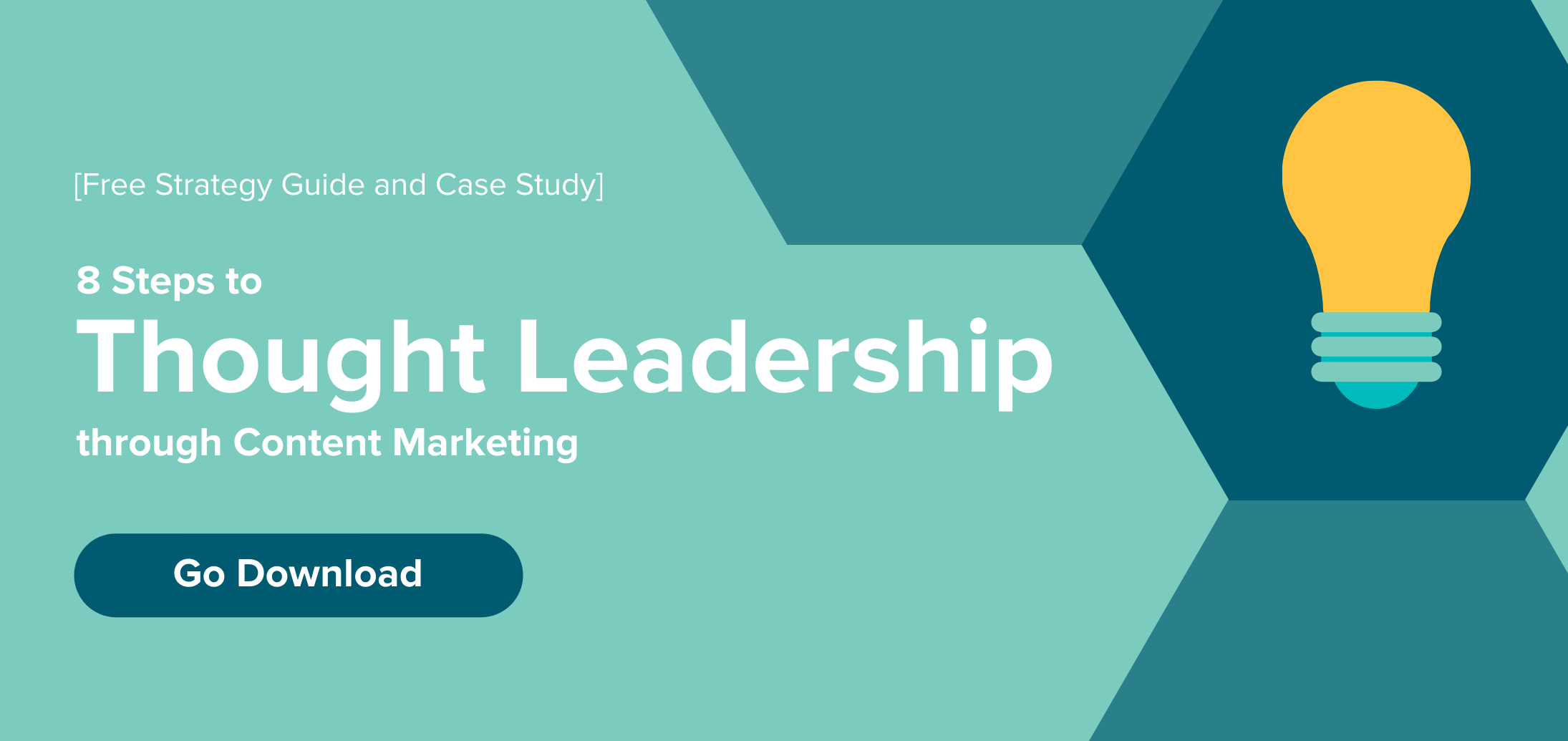
While some brands still hold on to the idea that traditional, outbound marketing is the key to attracting eyeballs, many have gravitated to other methods to gain attention.
Waiting for people to find out about your product or service or pushing ad after ad in front of your audience is no longer enough. You need an inbound strategy to attract both attention and interest.
But some marketers glaze over the core component of inbound marketing, focusing instead on the end goal: attracting and retaining qualified customers.
And while this is achievable, it is only through quality, entertaining, and informative content that an inbound strategy will captivate, rather than interrupt, a very fickle online audience.
Without strong content, an inbound strategy simply won’t work.
Content’s Role in Inbound Marketing
The purpose of inbound marketing is to reach and eventually convert customers. It accomplishes this through content that makes people want to be in contact with the brand, eventually making the conversion process simple.
Content plays a major role in each component of inbound marketing, including:
1. Audience reach: You may have the best ideas in the world, but if you can’t reach your audience, it doesn’t matter. This is where content comes in. A brand’s access to publications typically doesn’t extend beyond a banner ad, but creating informative editorial content can land you right where you need to be.
2. Reengagement: Because most of your audience is not in the buying phase — or even close — you have to keep your brand top of mind until they are ready to have a conversation. This means mastering the art of reengagement. This crucial component of inbound marketing depends on creating different forms of valuable, purposeful content that will keep your audience aware of your brand. Examples of reengagement through content can include email drip campaigns, webinars, and whitepapers.
3. The buying moment: This is when the customer feels confident enough in your product or service to get on a sales call. Through the use of proper content marketing practices, you’ve already prequalified leads, so you won’t need to answer unnecessary questions that could potentially throw a roadblock in the sales process. Because of content’s ability to inform and educate, this stage of your inbound strategy should flow seamlessly.
4. Delight: Inbound marketing is not only about qualifying leads or increasing site traffic; it’s also about providing value, entertainment, and delight to your audience. By delivering content that educates your audience and provides them with something they actually want to consume and engage with, you are able to create long-term brand advocates.
In general, content lies at the heart of most marketing strategies, and the points above prove that inbound marketing is certainly no different.
Don’t slack when it comes to creating content. It will be the reason your brand is deemed worthy of attention.







